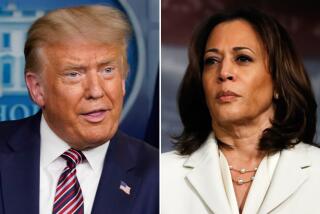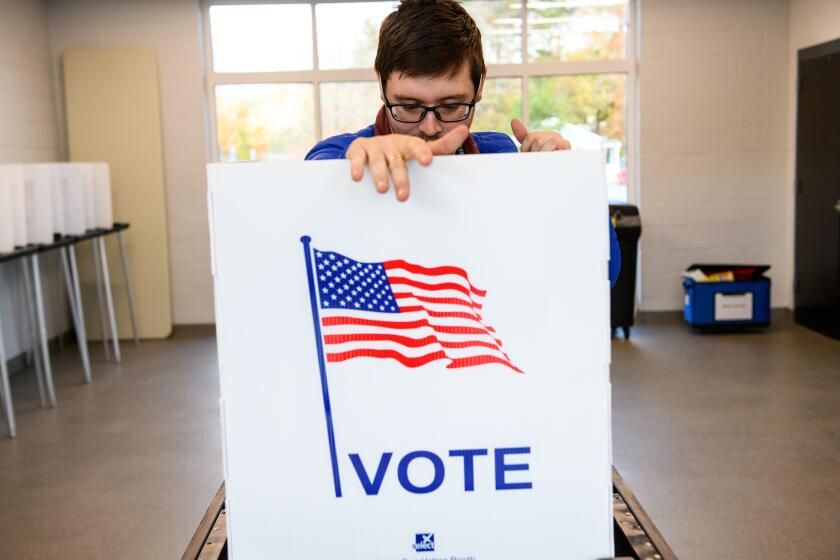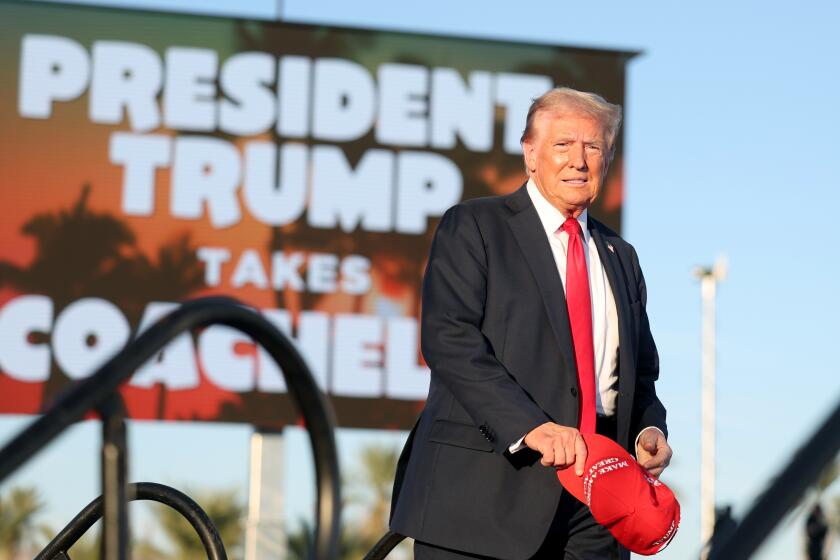In Postmodern Politics, Style Is Substance
Lamentations on the state of American politics often take the following form: George Washington, Abraham Lincoln or Theodore Roosevelt would never make it to the White House today because of television. People would reject them as preachy, awkward, whiny, ugly, boring or some combination thereof.
Since the Kennedy-Nixon debates, modern politics has been defined by the importance of communication, especially televised communication. Ronald Reagan was dubbed the Great Communicator in a somewhat backhanded tribute to his ability to thrive in the age of modern politics. Reagan, it was conceded even by his critics, utilized his understanding of the medium and skill in reaching American voters to win and retain the presidency. Reagan, it was said, constituted the apogee of style over substance.
Bill Clinton is as skillful as Reagan in his use of television. Indeed, Clinton adapted to the accelerated news cycle of the contemporary age and is considered the father of the “permanent campaign.” As Newt Gingrich learned during the 1995 budget stand-off, Clinton’s ability to shape public opinion through television is formidable even in the “governing” context. And unlike Reagan, Clinton never was accused of lacking substance, in large measure because he is so obviously engaged with even the most arcane policy matters.
The 2000 presidential campaign begins a new era of postmodern politics. Everyone understands the importance of television appearances. Our awareness of political figures’ ability to communicate has been stoked by the proliferation of news analysis programs. Each show provides a platform to a passel of politerati who demonstrate their acumen not by analyzing substance but by focusing on the really important matter, the performance. Indeed, pundits explicitly judge the candidates on their tone, inflection, mood, body language, even their clothes. This is the essence of postmodern politics: Style over substance has been replaced by style as substance.
Perhaps the most frightening spectacles related to the presidential debates were the post-debate focus groups on several of the news shows. Citizens influenced by the tenor of political coverage offered stylistic evaluations as the substantive reasons behind their preferences. Al Gore seemed stiff. George W. Bush exceeded expectations. Gore seemed to restrain himself only in reaction to his poor showing last time. Bush made smug faces. And on and on and on.
Even the ostensibly issue-oriented disagreements are evaluated through a prism of style. The question is not whether Gore has a better Social Security plan but whether he was compelling in his presentation. What does Bush think about affirmative action? Analysts didn’t care. They wanted to discuss the impression created by Bush’s apparent confusion and Gore’s nerdy needling on the name of the bill. Indeed, the candidates’ explicit disagreement on U.S. policy in the Balkans was striking for its substance. Of course, the story had “no legs” because it could not be shoe-horned into the dominant election “story lines.” Is Gore trying to be knowledgeable but nice with this? Is Bush trying to demonstrate that he is a capable but nice guy?
We have reached what may be a natural evolutionary point for a media-saturated democracy. And perhaps it makes sense. Better to judge candidates on their ability to manipulate than be manipulated unwittingly. At some point, a brave candidate may fight the trend and urge us to put aside the spin and focus on the issues. Will voters be willing to follow this leader? Depends on the color of his tie.
More to Read
Get the L.A. Times Politics newsletter
Deeply reported insights into legislation, politics and policy from Sacramento, Washington and beyond. In your inbox three times per week.
You may occasionally receive promotional content from the Los Angeles Times.










